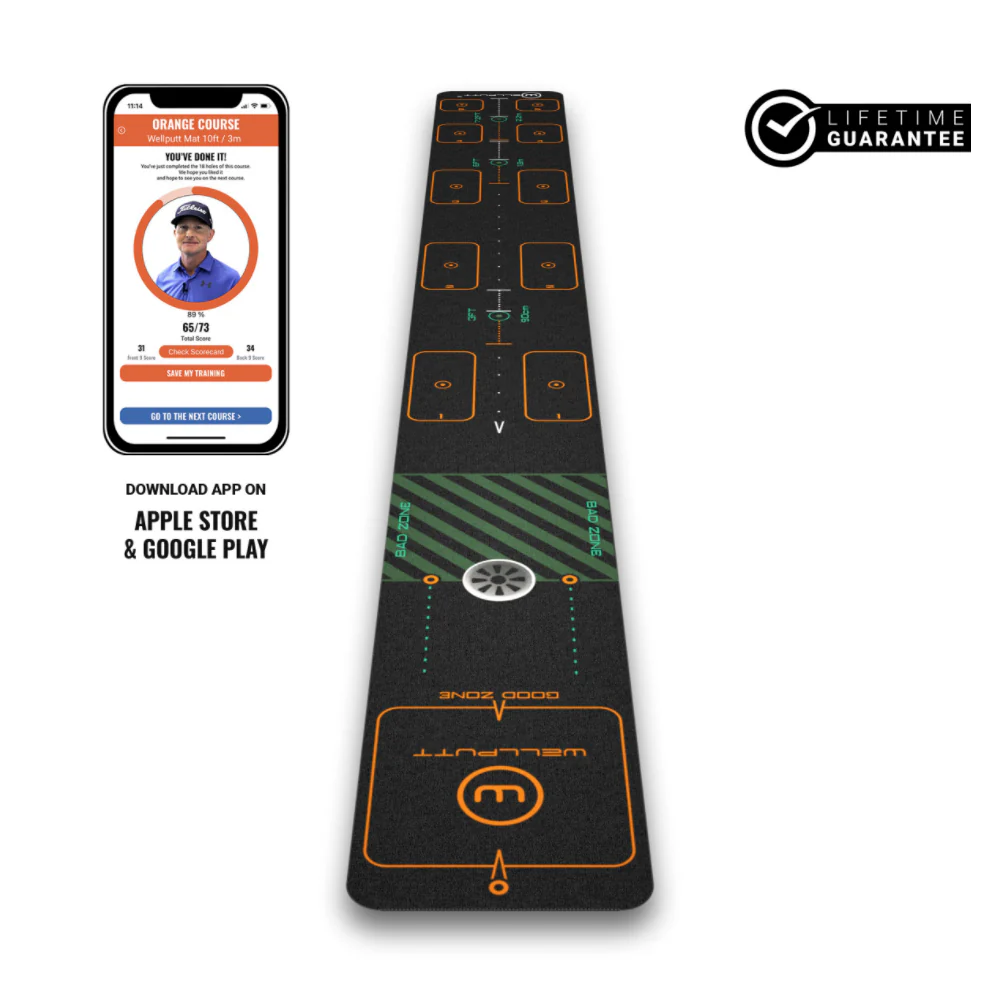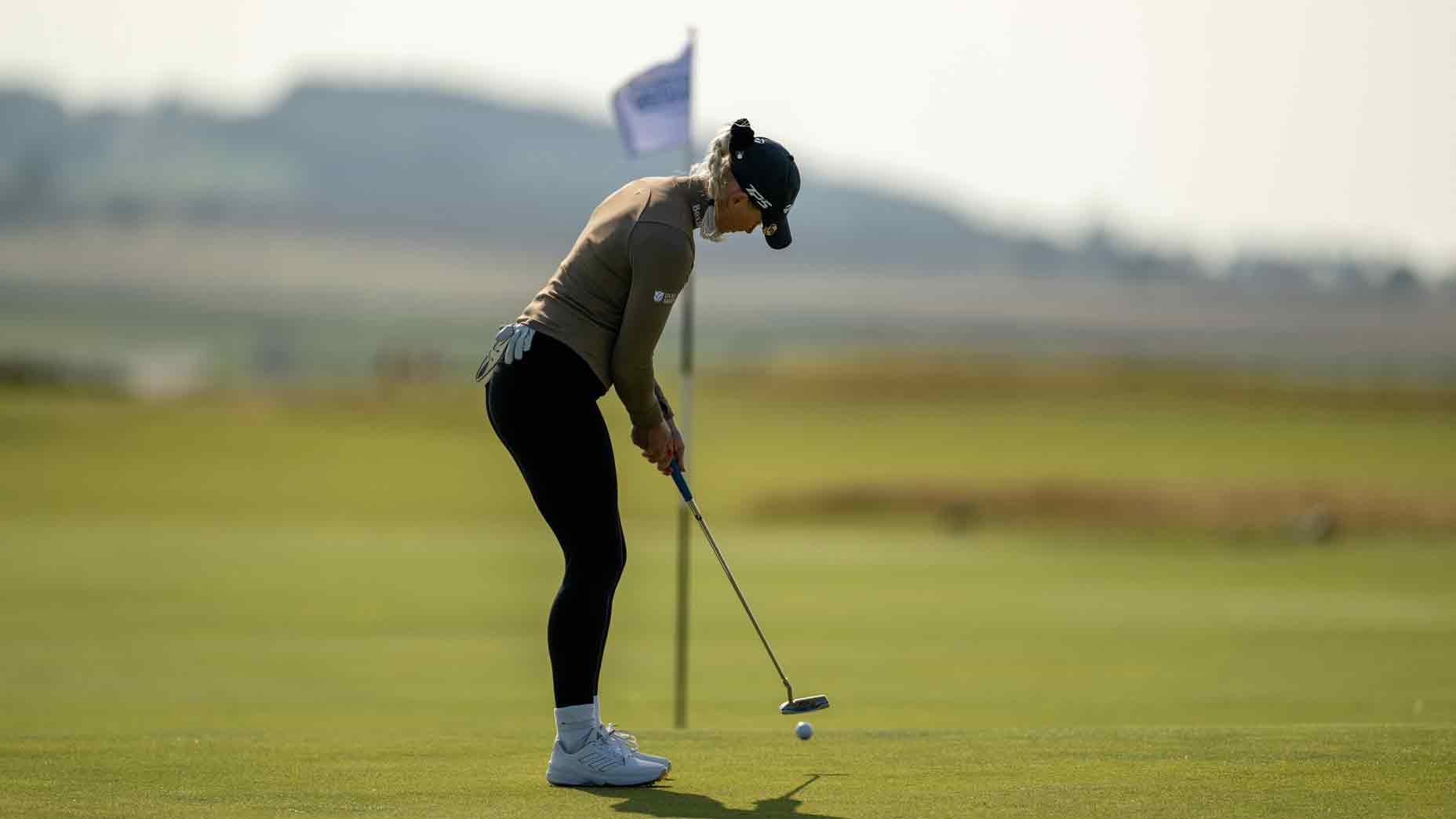Being a great putter requires great technique and a bit of structured practice. Once that gets dialed in, you can practice with focused drills that’ll help you control distance and become better at reading greens.
So what’s the key to good technique? It all starts with having a good setup, where your posture allows your arms to hang so that your eye line is relatively over the ball and parallel to the aim line. A great training aid to develop this is simply a putting mirror.
Next, I suggest working on your stroke path, which can be practiced with a swing arc or on a putting mat. Ideally, the putter face will stay perpendicular to a curving path.
Pros master these 6 short-game shots. Here’s how you can tooBy: Tom Stickney , Nick Dimengo
A good friend of mine, fellow GOLF Top 100 Teacher Stan Utley, explains the stroke path as going “straight back and straight through on an inclined plane,” which makes it easy to understand for even the most novice golfer. But to accomplish this, you must stay relatively still during your stroke, which will help improve path and distance control.
Another factor in becoming a great putter is your equipment — so make sure you have a putter that fits both you and your stroke.
Oftentimes, putters are too long if they’re bought off the shelf, making it difficult to get into good posture — which can negatively impact your stroke path.

True Spec Fitting
Practice distance control
Once your technique is dialed in, I suggest first focusing on distance-control drills — with a three-foot increment drill being one of my favorites, as I use it all the time in my clinics.
Simply set balls in three-foot increments, starting with the shortest putt and working your way back. The goal is to control your stroke length and distance, so take a practice stroke before each shot, trying to make your stroke as realistic in size as possible.
You should try to roll the first putt (the shortest one) within two-to-three feet of the hole, so focus on your backstroke length to control distance.
As you move back, the stroke size should increase. When this happens, the natural falling speed of the putter increases, leading to the ball rolling farther. The ability to regulate the backstroke length for different distances will pay dividends with distance control — which will help avoid three-putts.
Practice stroke size
Another critical aspect of becoming a good putter is adjusting to uphill and downhill changes.
To practice this, pick one putt that’s sloped uphill, and one putt that’s sloped downhill, and just practice going back and forth a number of times in a row until you two-putt or better. The feels that can be developed controlling your stroke size can make a huge difference on the course.
Remember that putting is a learnable skill, and that, with some commitment to practicing it, you can develop the confidence to lower your putts per round — thus improving your scores.
If you’re looking for more short game and putting tips, I suggest checking out Parker McLachlin, aka the Short Game Chef, who has tons of tips to help improve your game near the green.

Wellputt First Golf Putting Mat – 10ft
View Product












